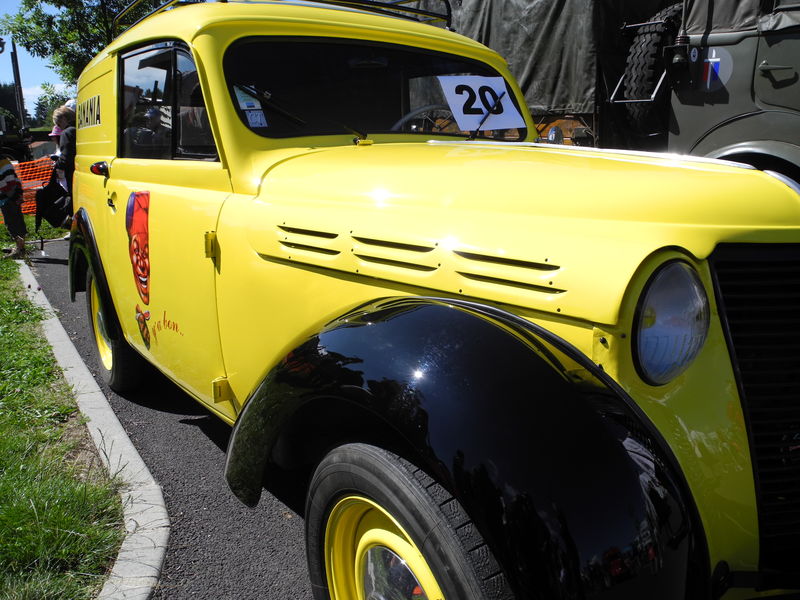

#YA BON BANANIA PUB FULL#
Some examples show soldiers as proud, disciplined defenders of France, in full uniform and standing tall - but the men are sometimes barefoot to indicate “savagery.” Still others portray the tirailleur as ruthless and wild to scare German enemies, showing soldiers committing acts of cannibalism or mutilation, from holding up an ear to raising the bloodied heads of Kaiser Wilhelm and Emperor Franz Joseph. His selection exemplifies how these images’ meanings glaringly contradict one another how the expressions and actions of soldiers were blithely tweaked in all kinds of ways to serve a political purpose. Those illustrating the book come from Likosky’s personal collection, and are organized into chapters based on their intended messages.

The propaganda primarily took the form of postcards, commercially made, mass distributed, and cheap to procure and send. “At the same time, his image would be softened to show a less threatening side: he was now a naive and child-like figure - a grand enfant - amicable and ever ready to flash a broad smile.” “Propaganda would help reassure the French that the African savage was now a disciplined soldier willing to serve his mother country,” as Likosky writes. Illustrated with over 150 images, the title analyzes a range of stereotypical images of the black African soldier, who was characterized as both heroic and strong, but still limited in his power, as in the Banania advertisements that suggest a subservient and harmless individual. The function of this careful manipulation of the image of African infantrymen between 19 is explored in With a Weapon and a Grin, a heavily researched book by Stephan Likosky recently published by Schiffer Publishing.

Postcard of a Red Cross nurse helping a wounded African soldier, with the caption, “White sister and Black brother” Not all were from Senegal - other men were brought from their homes in Guinea and Mali, for instance - but they were referred to in France under one blanket term, and a slew of demeaning caricatures came to erase their identities and represent them, created as propaganda for France. The character was just one of many widely circulated racist illustrations of these colonial troops, thousands of whom were recruited to serve France in its battle against Germany. Wearing a red chechia cap and often depicted with a rifle, the figure specifically represented the tirailleurs sénégalais, or Senegalese soldiers who fought in the French army during World War I.

Three years later, she was replaced with a smiling African man holding a spoon of the drink like a child and accompanied with the slogan, “Y’a bon” - a phrase of pidgin French that translates to, “It’s good.” The image of a smiling woman from Antilles, standing between two bushels of bananas, was the first image used in 1912 to advertise Banania, a banana-flavored chocolate drink most widely distributed in France. An iconic image of the tirailleur sénégalais used in an ad for the breakfast drink Banania (all images courtesy Schiffer Publishing)


 0 kommentar(er)
0 kommentar(er)
